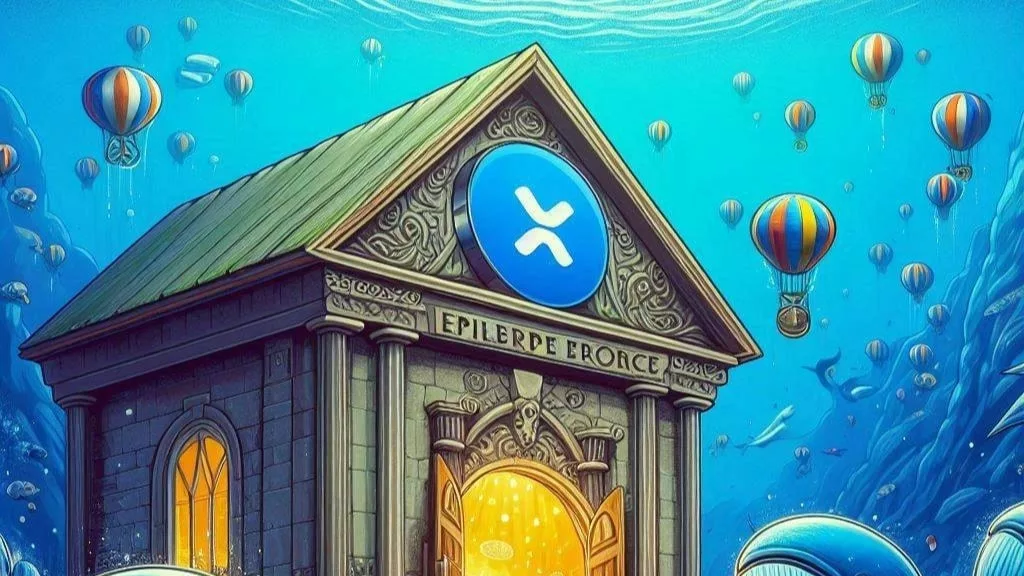
In a recent development that has sent shockwaves through the cryptocurrency community, the Layer 1 blockchain Solana is experiencing a significant decline in daily active addresses, hitting its lowest point since late 2020. This concerning trend has raised red flags among crypto enthusiasts and investors worldwide, as Solana, once hailed as a promising blockchain platform, grapples with a series of challenges that have eroded its momentum.
As of August 31, the 7-day moving average (7DMA) indicates that Solana’s daily active addresses have plummeted to approximately 204,000. The 7DMA is a crucial metric that reflects the average value of a data point over the past week, making it a valuable tool for identifying trends in the crypto market.
This sharp decline in Solana’s active user base is not an isolated incident but rather the culmination of a series of events that have shaken the blockchain’s foundations. To understand the gravity of the situation, let’s delve into the challenges that Solana currently faces.
FTX Exchange’s Bankruptcy Declaration:
One of the significant blows to Solana’s ecosystem was the declaration of bankruptcy by the cryptocurrency exchange FTX in November. FTX had been a key player in the Solana ecosystem, and its collapse sent shockwaves through the community. The exchange had offered trading pairs and liquidity for Solana-based tokens, contributing to the blockchain’s growth and adoption.
When FTX declared bankruptcy, it not only impacted traders who lost their assets but also created uncertainty in the Solana ecosystem. Users began to question the stability and security of the blockchain, leading to a decline in active addresses.
SEC Classification of SOL Token:
Another critical factor contributing to Solana’s challenges is the Securities and Exchange Commission’s (SEC) classification of Solana’s native token, SOL, as a security. This classification has far-reaching implications for the Solana ecosystem, as it could subject the project to extensive regulatory oversight and compliance requirements.
The SEC’s scrutiny of SOL raises concerns about the future of the token and its potential impact on the broader Solana network. Investors may become hesitant to engage with a blockchain that is under regulatory scrutiny, further contributing to the decline in daily active addresses.
Scalability Issues:
Solana’s rapid rise in popularity was, in part, due to its claim of being a high-performance blockchain capable of handling thousands of transactions per second. However, as the network grew, scalability issues became more apparent. Congestion on the network led to increased transaction fees and slower confirmation times, frustrating users and causing some to seek alternatives.
The inability to effectively address scalability concerns has made it challenging for Solana to retain users and developers who may opt for more scalable and efficient blockchain platforms.
Competition from Rival Blockchains:
In the highly competitive world of blockchain technology, Solana faces stiff competition from other Layer 1 blockchains. Ethereum, Binance Smart Chain, and Avalanche, among others, have been gaining traction and attracting users and developers with their respective strengths and features.
As users explore these alternatives, Solana’s daily active addresses have taken a hit, as it struggles to differentiate itself in a crowded marketplace.
Erosion of Trust:
Trust is a crucial element in any blockchain’s success. The combination of FTX’s bankruptcy, SEC scrutiny, and scalability issues has eroded the trust that users and investors had in Solana. When trust is compromised, it can be challenging to rebuild, and users may choose to withdraw their support and investments.
Solana now faces the arduous task of regaining the trust of its community and demonstrating its resilience in the face of adversity.
Community Response and Adaptation:
Despite these challenges, the Solana community remains resilient. Developers and enthusiasts within the ecosystem are actively working on solutions to address scalability issues and enhance the blockchain’s overall performance. Additionally, efforts to engage with regulators and clarify the status of SOL tokens are underway.
In the world of cryptocurrencies, adaptability is key to survival, and Solana’s community is determined to navigate these turbulent waters.
Conclusion:
Solana’s decline in daily active addresses, coupled with the challenges it faces, underscores the volatile and ever-evolving nature of the cryptocurrency market. While the blockchain platform once enjoyed considerable success and enthusiasm, it now faces a pivotal moment in its development.
The cryptocurrency community and investors worldwide are closely monitoring Solana’s journey as it seeks to overcome these obstacles and regain its momentum. Whether Solana can successfully address its challenges and rebuild trust remains to be seen, but one thing is certain – the crypto world is watching with keen interest as this drama unfolds.


Get the latest Crypto & Blockchain News in your inbox.